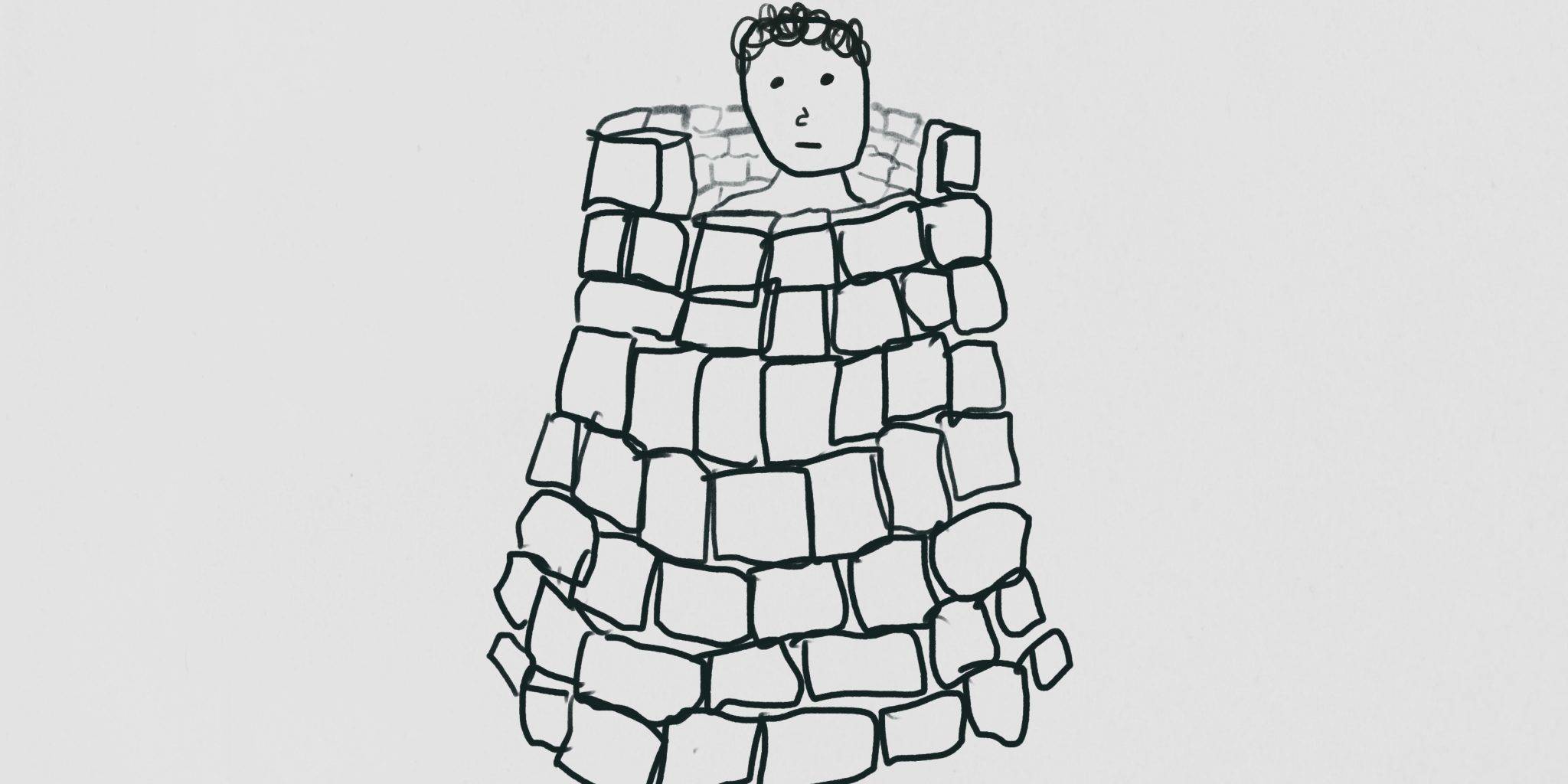The seed of healing lies in our very brokenness
Our ability to heal and transform comes from the very things that hurt or break us. It’s a bit like saying that our struggles and pain are not just things to get through, but are actually where our healing starts.
When we face tough times, whether it’s trauma, loss, or any deep pain, those experiences can lead us to discover strengths we didn’t know we had. They force us to look at who we are, deal with our emotions, and, over time, these struggles can help us become more resilient and understanding, both of ourselves and others.
It's a reminder that our struggles are not obstacles but also opportunities for us to become whole.
In a way, it’s like how a seed needs to break open before it can grow into something new. Our brokenness might feel like a shattering, but it’s also what opens us up, changes and transforms us. It’s through this breaking and the process of healing that we often find a deeper sense of purpose, connection, and strength.
So, this idea encourages us not to hide from our pain or imperfections. Instead, by facing them, accepting them, and working through them, we plant the seeds for our own healing. It’s a reminder that our struggles are not obstacles but also opportunities for us to become whole.
Our wounds and brokenness are where we can find the light.
Similarly, the concept of healing emerging from our brokenness is about recognizing that the very cracks in our lives are where the seeds of growth are planted. This idea suggests that within the broken parts of ourselves, there is the potential for something new to take root and grow.
It reminds us that our pain is not just a burden to bear but a doorway to something deeper. Our wounds and brokenness are where we can find the light.
We can explore what the pain is trying to tell us.
Here’s an example: On the surface level, we often treat a disease or any form of suffering as something to be fixed or eradicated as quickly as possible. We focus on the symptoms – whether it’s physical pain, emotional distress, or a difficult situation – and we take steps to eliminate them. This approach is like putting a bandage on a wound: it might stop the bleeding, but it doesn’t necessarily heal what’s beneath.
However, if we look deeper, we might see the disease or suffering as a symptom of something more profound – an underlying issue or imbalance that needs attention. Instead of just trying to make the pain go away, we can explore what the pain is trying to tell us. This could involve examining our lifestyle, our emotional state, or even our spiritual well-being. It’s like asking, “What is the real cause of this wound?” and “What can I learn from it?”
We can transform our pain into a source of transformation and light.
By addressing the deeper root cause, we’re not just treating the symptoms; we’re working towards true healing. This approach aligns with the idea that our brokenness or wounds contain the seed of healing. If we pay attention to what lies beneath the surface, we can transform our pain into a source of transformation and light.
So, we have a choice: we can stay on the surface and manage our pain, or we can dive deeper, understand the root cause, and allow that understanding to guide us toward a more meaningful and lasting healing.
You may also like
Living the dream
An idea rooted in some spiritual and…
The walls you build to protect yourself
Become aware: Your 'protective walls'…
A rock sits still
Does a rock have to go anywhere, be…






